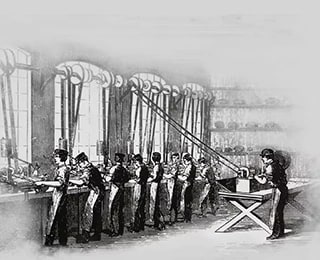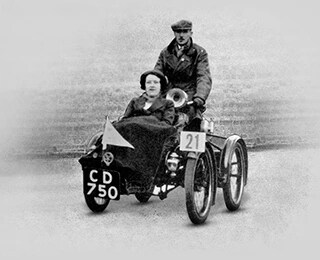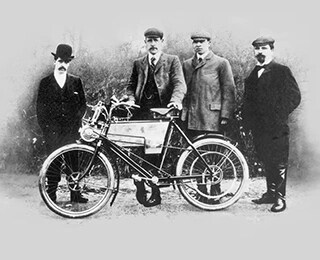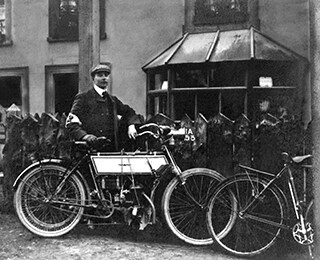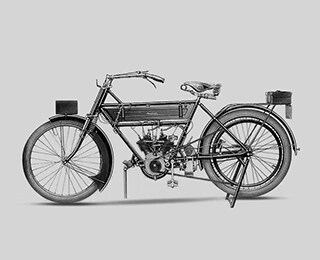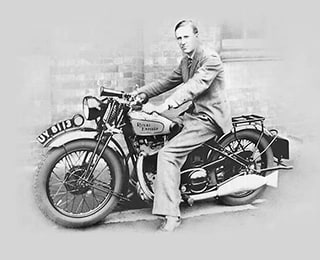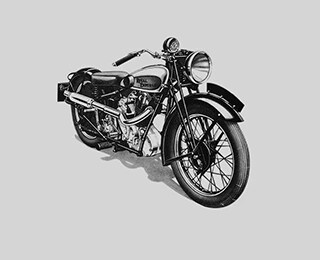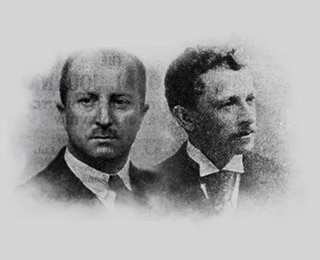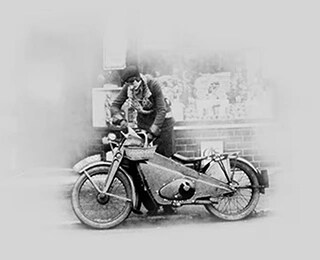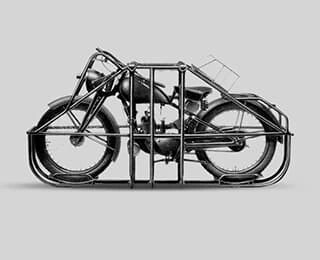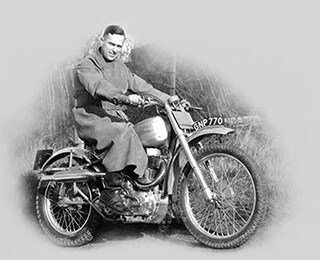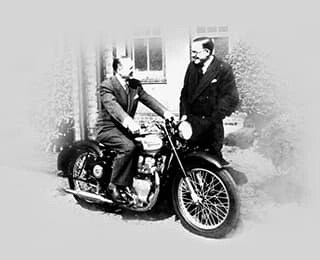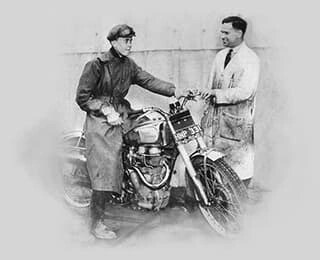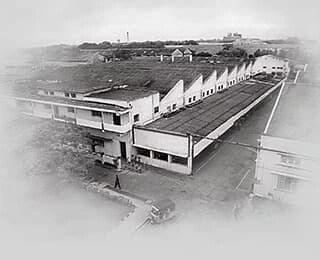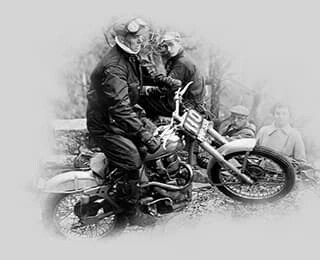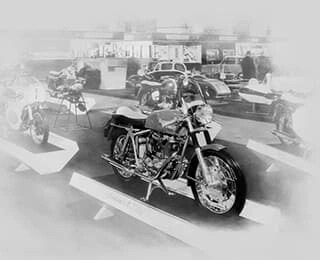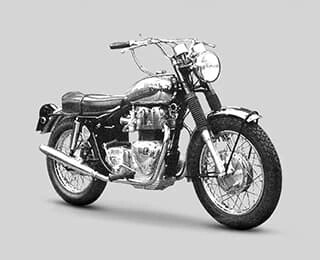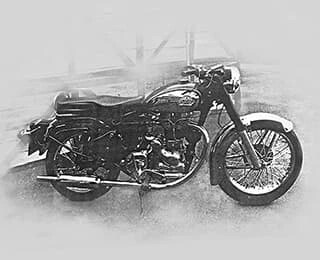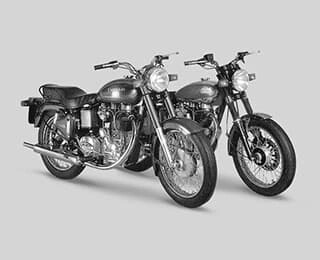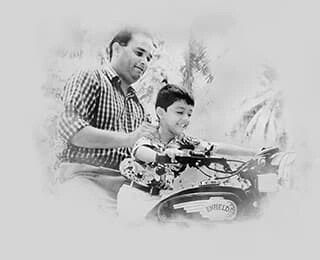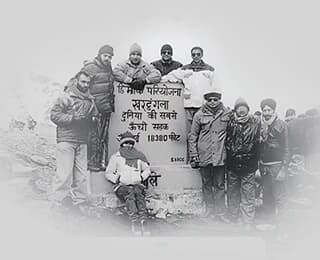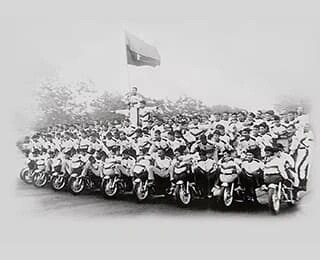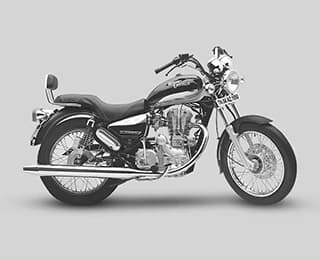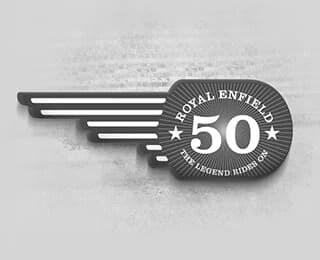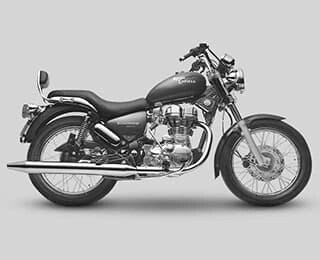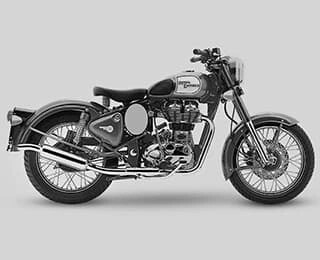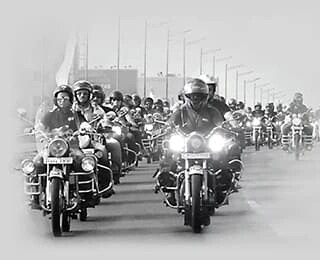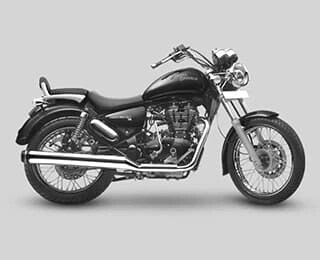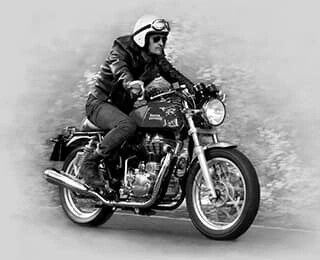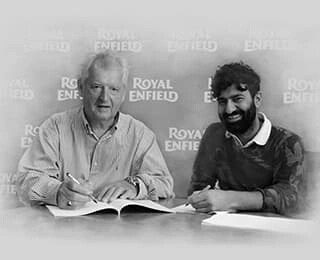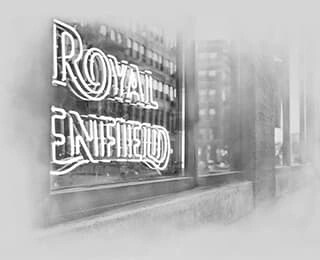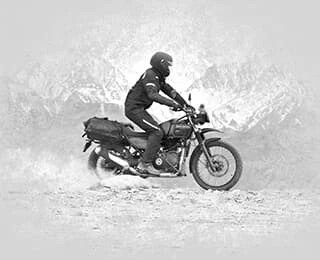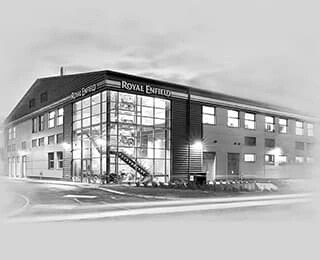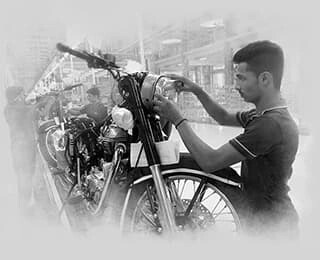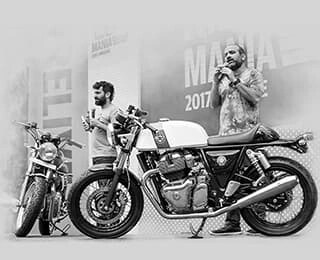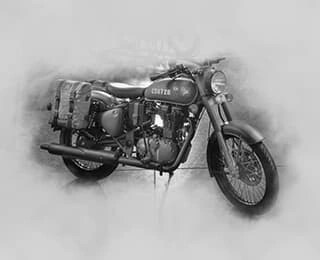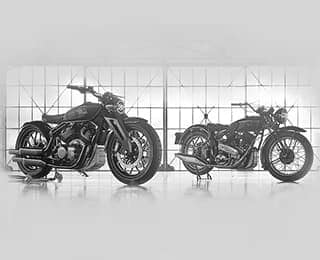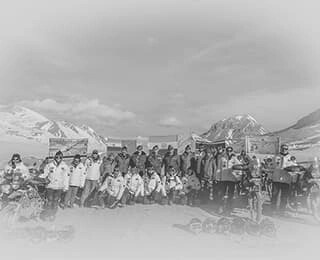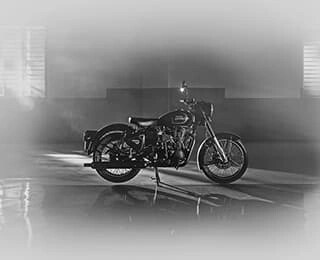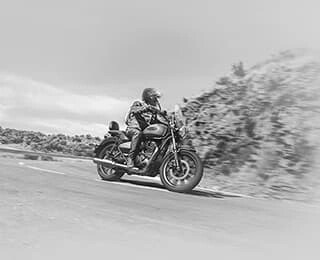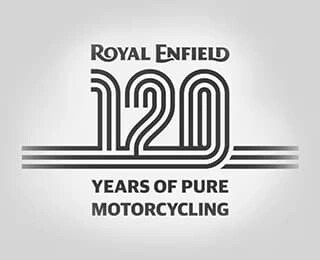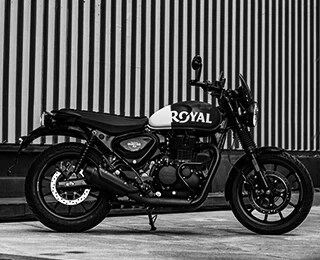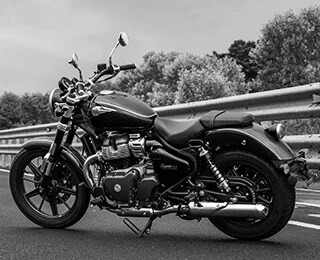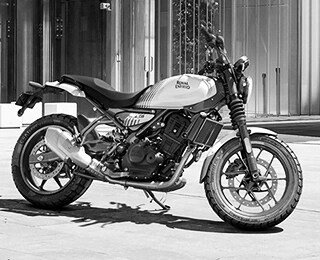Please enter a valid mobile number
A 6-digit OTP will be shared with your mobile number
6-digit OTP will be sent to this email
Please enter OTP sent to (+)
Please enter OTP sent to email
Incorrect OTP
Resend OTP
Please Enter First Name
Please enter Last Name
Please enter Valid Email ID
Enter Valid Mobile Number
Please accept the terms and conditions
PLEASE READ THIS ROYAL ENFIELD MOBILE APPLICATION END-USER LICENSE AGREEMENT (HEREINAFTER REFERRED TO AS “EULA”) CAREFULLY BEFORE REGISTERING OR USING “ROYAL ENFIELD” MOBILE APPLICATION SERVICES.
This EULA forms a binding legal agreement between you (“You” or
“Your”) and Eicher Motors Limited, known by its brand name Royal
Enfield (each separately a “Party” and collectively the “Parties”)
as of the date You download the Mobile App (defined hereinafter).
This EULA shall apply to Your use of the Royal Enfield mobile
application and services (“Mobile App”) provided by Eicher Motors
Limited (hereinafter referred to as “EML”, “Royal Enfield” or
“RE”).
This EULA forms a binding legal agreement between you (“You” or
“Your”) and Eicher Motors Limited, known by its brand name Royal
Enfield (each separately a “Party” and collectively the “Parties”)
as of the date You download the Mobile App (defined hereinafter).
This EULA shall apply to Your use of the Royal Enfield mobile
application and services (“Mobile App”) provided by Eicher Motors
Limited (hereinafter referred to as “EML”, “Royal Enfield” or
“RE”). This EULA only This EULA forms a binding legal agreement
between you (“You” or “Your”) and Eicher Motors Limited, known by
its brand name Royal Enfield (each separately a “Party” and
collectively the “Parties”) as of the date You download the Mobile
App (defined hereinafter). This EULA shall apply to Your use of
the Royal Enfield mobile application and services (“Mobile App”)
provided by Eicher Motors Limited (hereinafter referred to as
“EML”, “Royal Enfield” or “RE”). This EULA only This EULA forms a
binding legal agreement between you (“You” or “Your”) and Eicher
Motors Limited, known by its brand name Royal Enfield (each
separately a “Party” and collectively the “Parties”) as of the
date You download the Mobile App (defined hereinafter). This EULA
shall apply to Your use of the Royal Enfield mobile application
and services (“Mobile App”) provided by Eicher Motors Limited
(hereinafter referred to as “EML”, “Royal Enfield” or “RE”). This
EULA only
User not found
